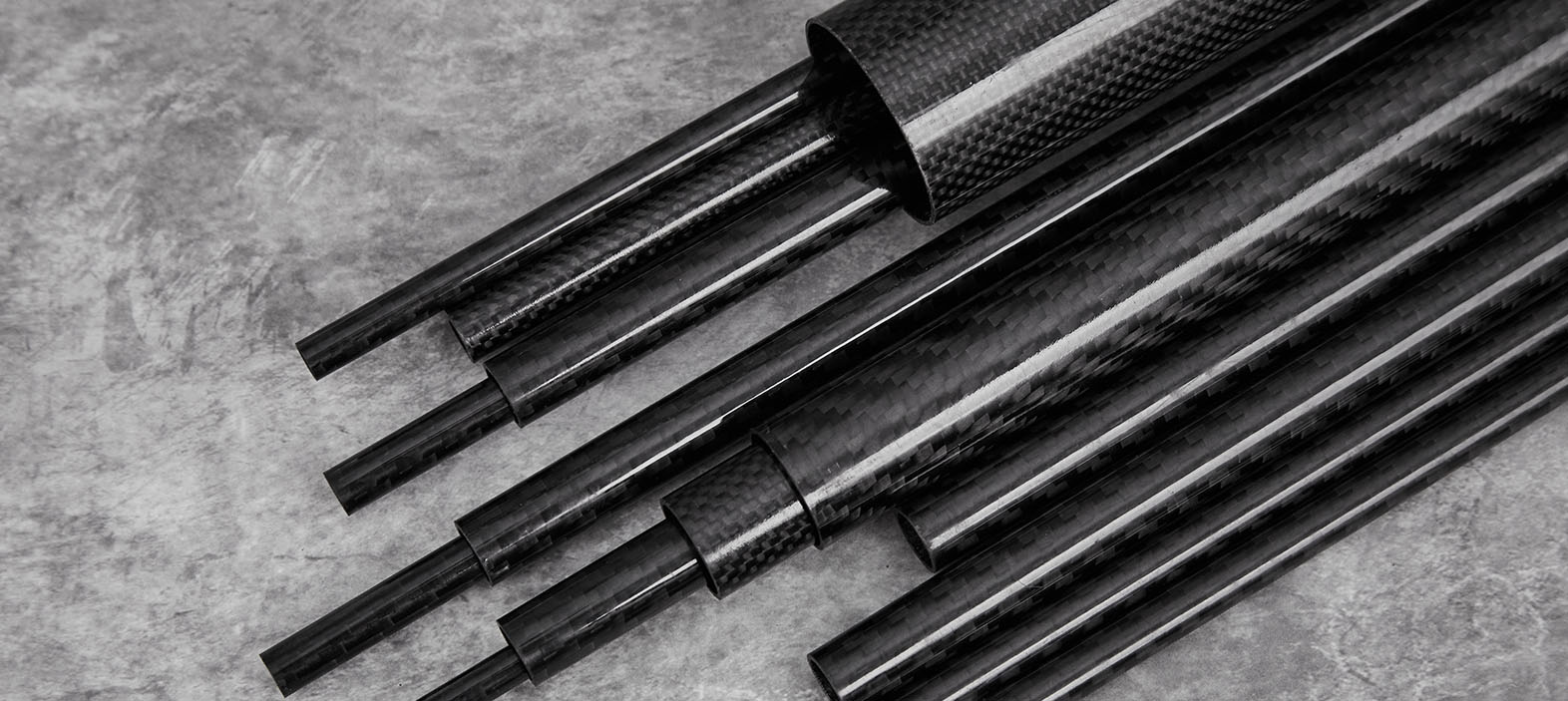
How to Improve the Surface Quality of Carbon fiber parts
👁 Reads: 316
After the fabrication process, the parts produced may require surface finishing or treatment depending on their consequent use or applications. The parts to be worked upon may typically be any type of carbon fiber products including but not limited to carbon fiber sheets, tubes or rods. Achievement of targeted surface quality of carbon fiber parts could be carried out by a manual or automatic process but will largely depend on the following factors:
- The profile of the parts
- The accessibility of surfaces
- Surface defects
- The utility or application functional or decorative, aesthetic
- Hardness of surfaces
- Orientation of fibers
- Presence of fibers just below the surface and depth thereof quantity of parts we processed in a given time
- The predetermined next operation
Before we move to the surface treatment processes, let us look at the possible
Type of surface defects
- Partial weakening of the bond between fiber and matrix has to be repaired
- Fibers Protruding out of the surface need to be removed
- Lamination weakening or removal must be addressed
- Fracture of fiber may not be repairable, and hence the piece may be rejected during quality check
- Residue coating of resin remaining on the surface needs to be cleaned
- Cracks in matrix may have to be filled suitably
When planning for the next operation, due consideration has to be given to the defects present and actions to be taken.
Manual Process for improving surface quality
Manual processes may work well with carbon fiber sheets and blocks.
Parts having flat, fully accessible surfaces can be manually handled to finish individual surfaces using abrasive memory papers or stones in wet or dry mode. Such operation may be carried out in progressive steps using higher grit size on every next step. Surface treatments may include coatings that could be colorful or transparent or application of polishes on decorative areas.
Parts with aesthetic appeal may require special transparent coatings or polishes as compared with functional or utility parts. Polishing could render matte or gloss finishes. Polishing can be carried out with hand buffers that work on electric power. Surfaces may also require treatment for rendering them suitable for bonding with other parts mechanically or chemically.
Scientifically speaking, after the molding of composite parts, the surfaces which need to be treated or processed, are measurable in terms of roughness. Once the roughness value has been measured, further treatments can be designed based on targeted surface properties. Microscopically, the surface topography may be uneven and we may need additional machining or abrasion. When machining composite surfaces, care should be taken to avoid damages due to generation of high temperatures.
Automatic or powered processes for improving surface quality
Automatic processes may be suitable for carbon fiber sheets, or carbon fiber rods, or carbon fiber tubes.
Automatic processes include machining, for example, milling or grinding or polishing. Semi-Automatic Power Tools operated by hand include angle-grinders, polishers and drills. Automatic tools include milling machines, drilling machines or surface grinding machines.
For the purpose of automatic machining, specific fixtures may be designed to grip the part in a way as to keep the target surface incident to the tooling. While machining, care must be taken to avoid high temperatures due to abrasion which may cause harm to the composite material. For this purpose, various coolants or media are available in the machining industry market. This way, loading of resin material on the grinding wheel grit can be avoided. Care must also be taken to pick or extract dust articles flying during machining operation, by vacuuming and inbuilt storage for easy disposal.
Preparing surfaces for bonding
In Some cases, when molding a carbon fiber part, a release agent based on silicon is applied to the mold surface to make it easy to remove the molded part. When such a part is removed from a mold, the release agent presents some challenge on the surface, and if this surface has to be bonded with another component or fiber, then the surface has to be cleaned.
When the next operation is to bond a surface of one part with another part’s surface it is also a common practice to apply plasma treatment to such a surface by which, we can improve the wettability of the surface. In certain applications components of Steel material need to be bonded to carbon fiber sheets or carbon fiber rods or carbon fiber tubes. In such cases, after plasma treatment, a coating of EMP needs to be provided to enhance the property of adhesivity.
Wrapping up with the best practices
- It is always advisable to have proper examining tools to establish the condition of the surface that is to be prepared.
- The end use of the surface should always be kept in mind before deciding on the type of treatment to be given.
- Operators must be regularly trained and updated with advancements in technologies
- Good house-keeping and operator safety are of utmost importance





